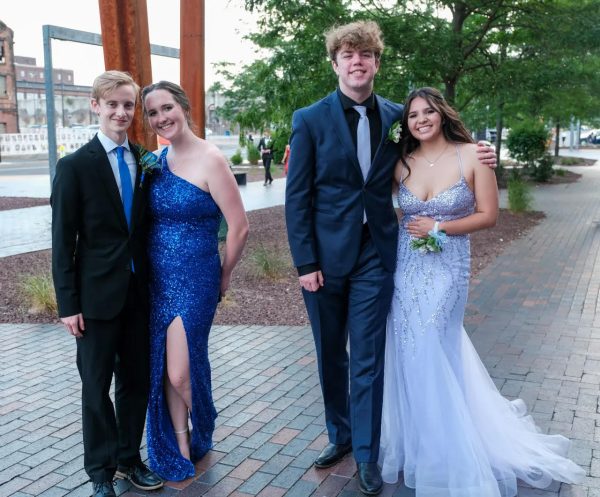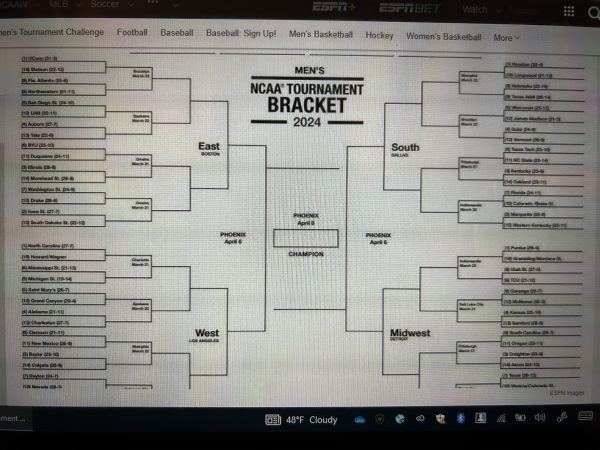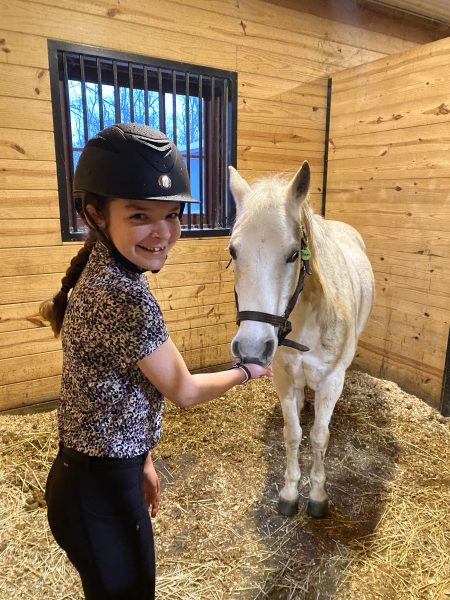A Social Experience: The Social Cognitive Theory
Do you ever wonder how other people get the phrases they often say? Many people pick up on the actions and sayings of the people they are around most often. You usually don’t realize that you are doing it until it is pointed out to you. This is called the Social Cognitive Theory, proposed by Albert Bandura. Social cognition refers to a set of cognitive abilities underlying social stimulus perception, processing, interpretation, and response. It leads off of what we learn from what’s around us, what is nurtured/developed from training, and what can happen through the interaction of people’s traits. The topic is often studied in psychology and is used to explain the behavioral habits of both individuals and groups of people.
The theory aims to explain how people regulate their behavior through controlled reinforcement to achieve goal-directed behavior that can be maintained over time. It is constructed of six main ideas.
- Reciprocal Determinism is the dynamic and reciprocal interaction of a person, environment, and behavior (responses to stimuli).
- Behavioral Capability refers to a person’s ability to perform a certain behavior through knowledge and skills. This is knowing what to do, how to do it, and the consequences.
- Observational Learning – This is the idea that people can witness and observe an action conducted by others. Then they can reproduce those actions, also known as “modeling” behaviors you see.
- Reinforcements – This refers to the internal or external responses to a person’s behavior that affect if a person will repeat the action. Reinforcements can be positive or negative and show the relationship between behavior and environment.
- Expectations – This refers to the consequences of a person’s behavior.
- Self-efficacy – This is the level of a person’s confidence in his or her ability to perform a behavior successfully.
To test this theory, a group of three did a social experience to see how people around them acted. Focused in this experiment was the reinforcement of the action, which is giving a reward to increase the behavior you desire. The group went to a St. Patrick’s Day gathering and would say “Erin Go Braugh,” then clap twice and get excited every time it was said. “Erin Go Braugh” means Ireland forever and is commonly said around this holiday in Ireland. As the night progresses, they will keep track of if people will join in and clap twice after the saying is said or not.
At first, many people looked at the group like what they were doing was crazy and strange, but after a few times, some people began to join in, while others continued to look at them weirdly. It was found that after the fourth time, two other people started to clap after we said it. After the fifth time, five other people were doing it with us. So, 7 of the 12 others decided to clap along with us and celebrate the phrase.
After the gathering, one of the boys who attend and joined in on the festivities, Finn McCarthy, was asked by one of the experimenters what did you think the first time we said, “Erin go Bragh,” and replied, “I was very confused and thought you were not speaking English by accident.” He later recalls how he found himself joining in on the jig before the end of the night.
Kaylee Gardner, who hosted and attend the party, was asked why she thought others joined in. She replied, “I think it was because the four of you were all being fun and happy, and I know for sure everyone there wanted to feel the same.” This shows that others will join in on things and start to do things when they see other people happy when they do a certain thing.
Social experiments don’t need to be boring, they can be fun and add to the experience of the night. Testing out the Social cognitive theory was a fun way to experiment to see how people react to their peers around them.
Sources:
https://sphweb.bumc.bu.edu/otlt/mph-modules/sb/behavioralchangetheories/behavioralchangetheories5.html
https://link.springer.com/referenceworkentry/10.1007/978-0-387-79948-3_2118#:~:text=Definition,a%20bell%20and%20food%20powder.
https://www.verywellmind.com/what-is-discrimination-2795101
https://study.com/academy/lesson/stimulus-discrimination-psychology-overview-facts-examples.html
Evelyn Froehlich, Grade 12. Interests/hobbies include baking, skiing, NHS, key club, hiking, spending time with family, and traveling. Evelyn plans to...
Sydney Peoples, Grade 12. Interests/ hobbies include field hockey, going out with my friends, shopping, and spending quality time with my family on our...










